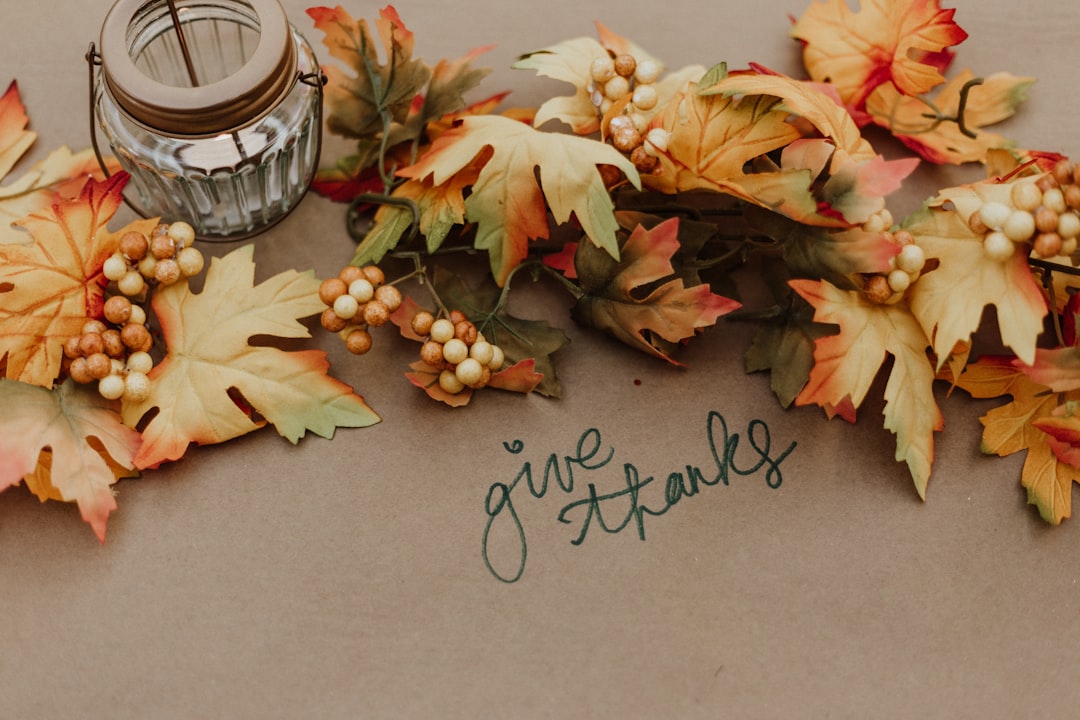What Really Happened At The First Thanksgiving?
And How Listening to Indigenous Voices Can Help Solve Environmental Problems

What really happened at the first Thanksgiving in 1621? The Pilgrims did not introduce the concept of thanksgiving; the New England tribes already had autumn harvest feasts of thanksgiving. To the original people of this continent, each day is a day of thanksgiving to the Creator. In the fall of 1621, William Bradford, the governor of the Plymouth Colony, decided to have a Plymouth harvest feast of thanksgiving and invited Massasoit, the Grand Sachem of the Wampanoag Federation, to join the Pilgrims. Massasoit came with approximately 90 warriors and brought food to add to the feast, including venison, lobster, fish, wild fowl, clams, oysters, eel, corn, squash and maple syrup. Massasoit and the ninety warriors stayed in Plymouth for three days. These original Thanksgiving foods are far different from the meals prepared in modern Thanksgiving celebrations.
These words are from an essay published in Smithsonian Magazine called “Thanksgiving from an Indigenous Perspective,” by Dennis Zotigh, a member of the Kiowa Gourd Clan and San Juan Pueblo Winter Clan and a descendant of Sitting Bear and No Retreat, both principal war chiefs of the Kiowas, who works as a writer and cultural specialist at the Smithsonian's National Museum of the American Indian in Washington, D.C.
I’m not an expert on history by any means, but share I this story because it’s important to remember the origins of this country and not look away from the harsh realities of what happened to the Indigenous people of this land.
With the upcoming holiday, known by many as Thanksgiving but recognized by Native American communities as the National Day of Mourning, many Indigenous activists and scholars are advocating for the recognition of the Wampanoag’s true history.
The spirit of the holiday is a good one and aligns with traditional values of ceremony, gratitude, and deep relationships to food, land, and water. So let’s be sure to bring that sentiment into our holiday get-togethers.
While most people think of the day after thanksgiving as Black Friday, it’s also Native American Heritage Day. In fact, the whole month of November is Native American Heritage Month.
In 1990, President George H. W. Bush signed into law the legislation to establish a national holidays and designate the day after Thanksgiving as American Indian Heritage Day. The law was established as a day to pay respects to the Native Americans for their numerous contributions to the United States.
Here’s a list of ways you can celebrate and learn more about contributions of American Indians and Alaskan Natives.
But water problems still exist on native land. On the Navajo Nation today, 30 percent of families live without running water. They drive for miles to haul barrels of water to meet their basic needs. They carefully ration water for drinking, cooking, cleaning, and bathing. Despite their struggle for water, these families still go to work, take their children to school, and lead their communities.
We are proud to make a donation to DigDeep this year (thanks to the sponsors of this newsletter). They run the Navajo Water Project, a community-managed utility alternative that brings hot and cold running water to homes without access to water or sewer lines.
Concentrations of dissolved uranium and arsenic above drinking water standards in unregulated water sources pose human health risks and are especially troublesome on the Navajo Nation, where past uranium mining activities contaminated water supplies. We’ve got to continue to advocate for clean water for everyone.
Learning From Indigenous Traditions
I also want to highlight a recent study that found that the best way to restore ecosystems is to look at traditional land management techniques.
Researchers from the Indigenous Ecology Laboratory at the University of British Columbia and the Historical-Ecological Research Laboratory at Simon Fraser University looked at two restoration efforts in St’at’imc and Quw’utsun territories and outlined a method known as pop-up restoration, or restoration initiatives that don’t make their restoration goals and impose inequities on unceded and stolen lands, often overlooking traditional food systems and Indigenous histories.
You can read more about it here.
I think it’s so important as we look forward at all the environmental challenges that we face, we also look back and understand how Indigenous people were stewards of the land. What lessons can we learn and how can we center these voices moving forward?
It's up to all of us to be the world we want. It might sound hokey but it's the real answer. Superman isn’t coming to save any of us so we all need to do our part. Most of us want the same things—to enjoy time with our families and time in nature to explore this beautiful Earth. Cynicism keeps us from joining with each other to just do it. The more we talk and learn, the more we can change.
I’m grateful to each one of you for letting me into your inbox each week and hopeful that we can continue to learn, grow, and make our world better.
Let me know in the comments below what you’re thankful for this year.



Thankful for the FDA and the EPA. Not saying they are perfect, but thankful for those who look out for us.
THANK YOU & LESSONS LEARNED FOR EARTH & ALL HUMANKIND GET-TOGETHER
HAPPY THANKS + GIVING ERIN #ALLOFUS Ahéhee’ (Thank You) for Navajo Language Classes
Students learn to speak Diné in classes offered by APS Indian Education Department.
Students at four APS high school are learning Diné, the language of the Navajo Nation. The classes, which link the language to its culture, are taught at West Mesa High, Del Norte High, Atrisco Heritage Academy and the Career Enrichment Center and taught by teachers from the APS Indian Education Department. https://www.aps.edu/news/archives/2015-2016/ahehee2019-thank-you-for-navajo-language-classes
THANK YOU & HAPPY THANKS GIVING ERIN #ALLOFUS #FACTSOFLIFE